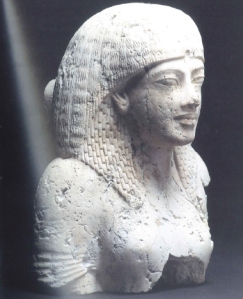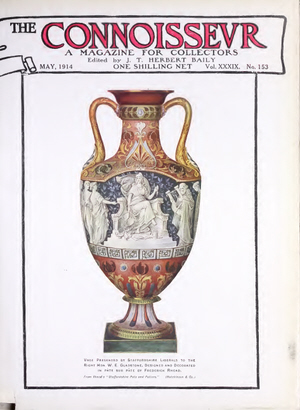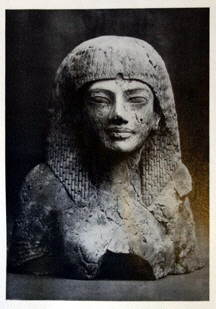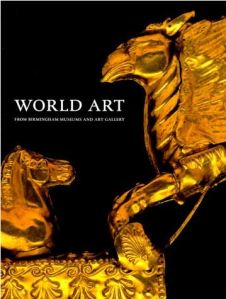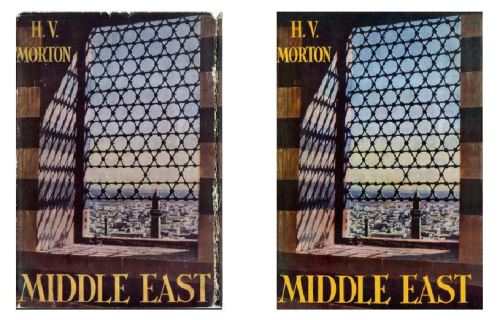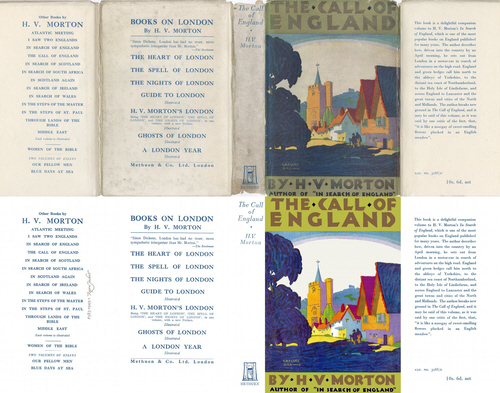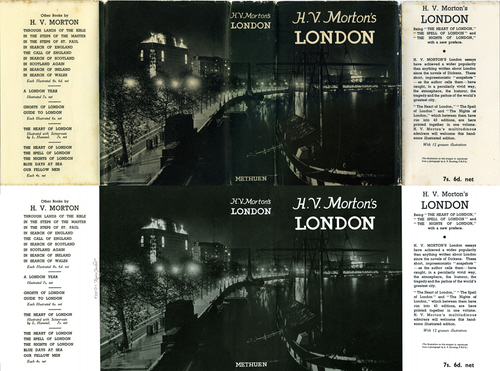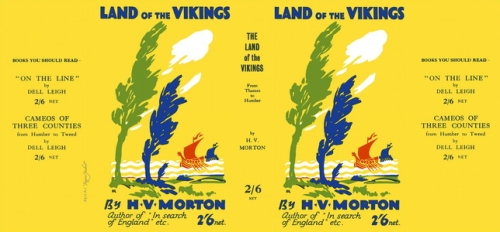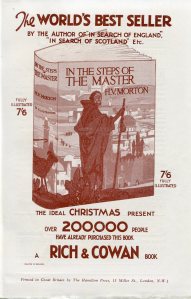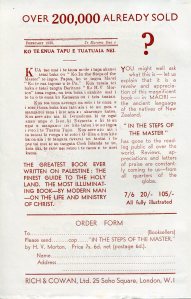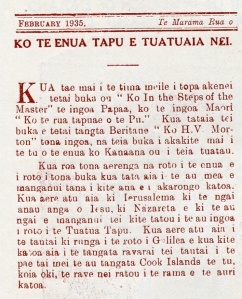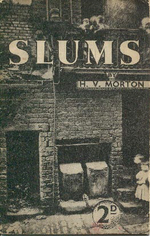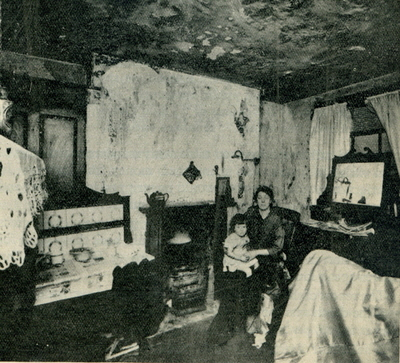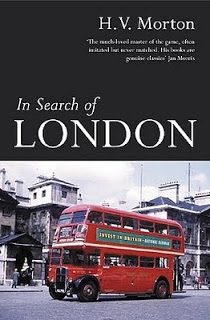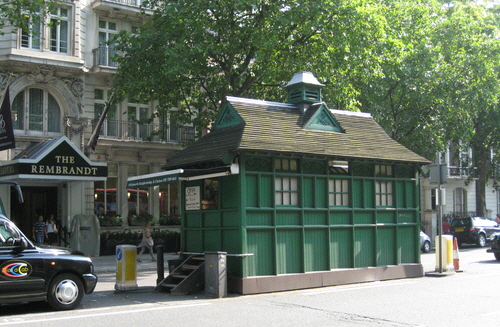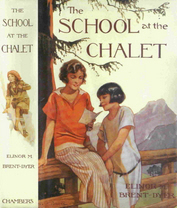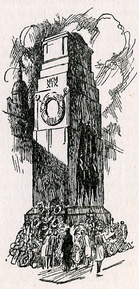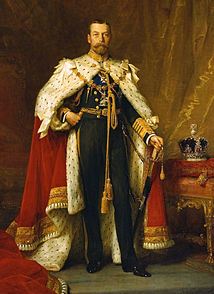 George V’s impressive coronation portrait
George V’s impressive coronation portrait
(picture courtesy of Wikipedia)
Some time ago I received the following email from journalist and editor, Peter Dron, a regular reader of the HV Morton blog, who has a real eye for literary detail:
Hello Mr Taylor,
I am reading a 2006 edition of “In Search of England” and I am puzzled by a passage in Chapter Ten, in which Morton stops at Oakham Castle in Rutland. He is referring to the tradition which obliges members of the nobility passing through the town to pay a “tax” of a horseshoe. Various kings and queens were among those who had paid this tribute:
“The tragedy of Oakham Castle is that King George V never paid the tax.
“’If only we could have got him!’ said the caretaker to me. ‘I believe he passed through on the railway once; but that doesn’t count! When the King came here, as Prince of Wales, he looked round and said, “Where’s Father’s!”’”
This book was supposedly published in 1927, when of course George V was King and the Prince of Wales was that buffoon who later became the Duke of Windsor. Can you cast any light on this mystery?
With best wishes,
Peter Dron
As always with matters-royal, I feel confusion about dates, especially at that difficult time for the nation. So I reminded myself, courtesy of Wikipedia, that George V ruled from 1910 to 1936 (having succeeded Edward VII). He himself, was succeeded by his son, Edward VIII (formerly Prince of Wales – the buffon!), who ruled from 20 January 1936 to 11 December 1936. Following his abdication he was succeeded by his brother, George VI, (formerly Duke of York) who ruled from 11 December 1936 to 6 February 1952.
Given that many of the sections in “In Search of England” were originally written as newspaper columns prior to 1927 (when the book was published) but none would have been published any later; the passage quoted seems to make for strange reading.
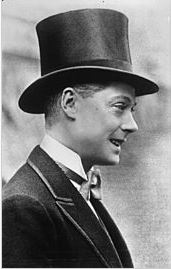 The future Edward VIII in 1932
The future Edward VIII in 1932
(picture courtesy of Wikipedia)
The Prince of Wales, who became the king mentioned in the excerpt can’t have been either Edward VIII or George VI as these both came to the throne after 1927 (and anyway, George VI was never Prince of Wales)
So that leaves us with George V himself, who would have been king during the writing of all the sections of the book and had been Prince of Wales from 1901 to 1910. I wondered whether HVM could have been referring to George V in both sentences, thus:
“‘If only we could have got him [i.e. George V]!’ said the caretaker to me. ‘I believe he passed through on the railway once; but that doesn’t count! When the King [i.e. George V again] came here, as Prince of Wales [between 1901 and 1910], he looked round and said, “Where’s Father’s! [i.e. Edward VII]”’”
That explanation would certainly be factually possible but it is clumsy, and spoils the sense and flow of the paragraph and would suggest that both George V and his father Edward VII both managed to avoid the “tax”.
Alternatively, could this have been a tall tale from a wily caretaker spinning a plausible-sounding story to the tourists over the years in return for acclaim (and the occasional tip!). Another, more mundane, possibility was this might simply have been an error, in a rather complicated passage, which was never corrected.
I love a mystery, so I dug out some of my various editions of “In Search of England” and had a look. And pretty soon my search bore fruit!
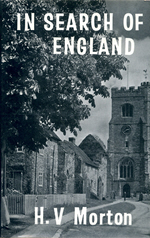 The cover of the 1965 edition of “In Search of England“
The cover of the 1965 edition of “In Search of England“
I compared the relevant passage in both a 1927 edition and a 1965 edition (ironically using a horseshoe as a paperweight) and they read as follows (with my annotations):
The 1965 edition reads as Peter’s original quote:
“’If only we could have got him [George V]!’ said the caretaker to me. ‘I believe he passed through on the railway once; but that doesn’t count! When the King [Edward VIII] came here, as Prince of Wales, he looked around and said “where’s father’s [George V]?”’”
Whereas the original, 1927, edition reads:
“’If only we could get him [George V]!’ said the caretaker to me. ‘I believe he passed through on the railway once; but that doesn’t count! As soon as the Prince of Wales [the future Edward VIII] came in here he looked round and said “where’s father’s [George V]?”’ We want a shoe from the King very badly, and we haven’t lost hope!”
At last I could relax! It seems that HVM (or, more likely, an editor) went back, some time during the brief reign of Edward VIII, and changed the passage in question to fit the prevailing position. The removal of the last sentence “We want a shoe from the King very badly, and we haven’t lost hope!” is interesting in its own right – was this done at the same time, or after the abdication when its meaning and interpretation would have become so complicated (was it Edward VIII or the (by then) late George V to which it referred?) as to make it hardly worth the bother?
The editor in question obviously didn’t consider how confusing this would make the reading of the passage to future generations who otherwise might have been perfectly happy with it, knowing when the book was published!
Members may be interested to read another HVM blog article, “Call me a cab”, inspired by Peter Dron, about a little known piece of London architectural heritage.
With best wishes,
Niall Taylor, Glastonbury, Somerset, England
This article was originally circulated as HVM Literary Notes – No.126 on 20 July 2014

